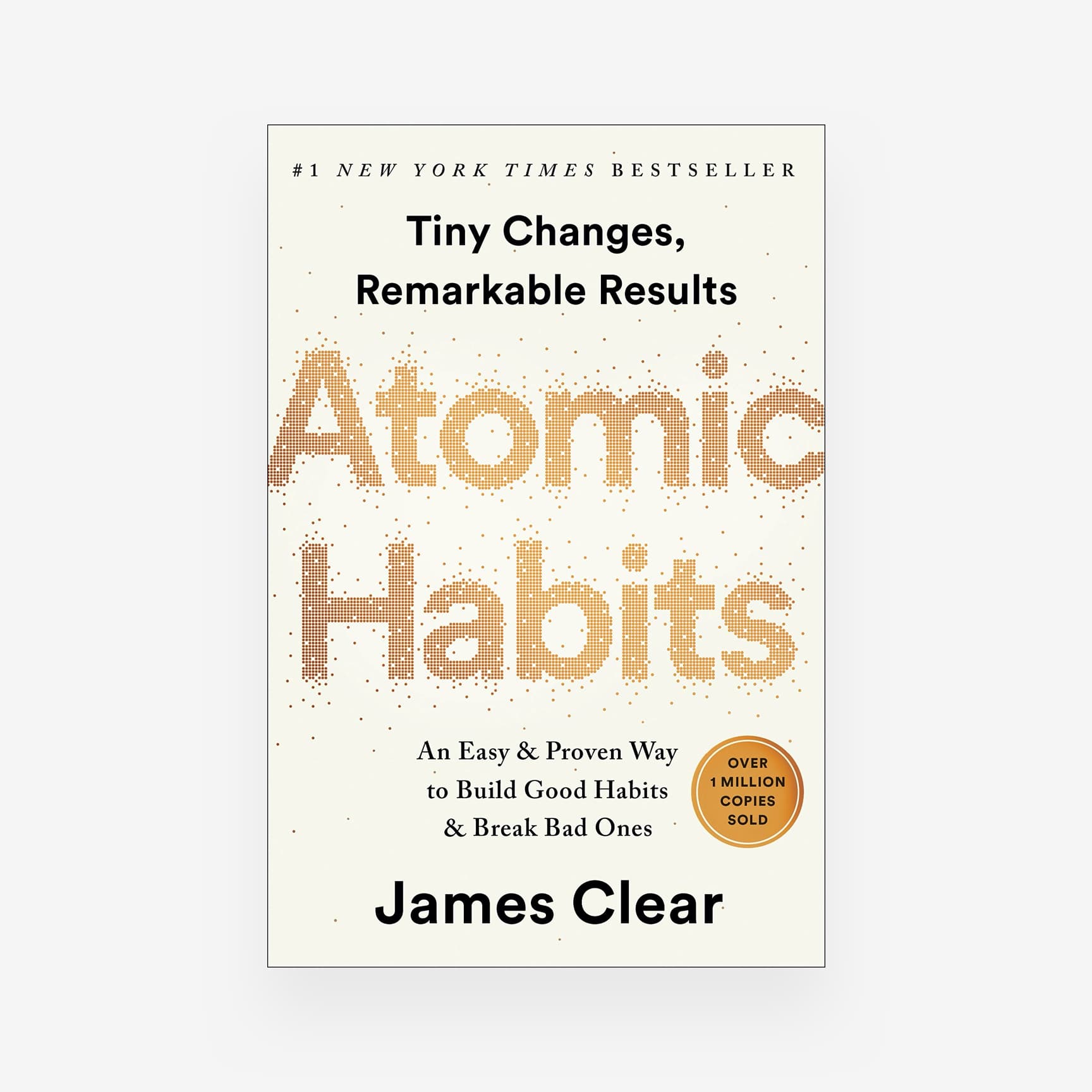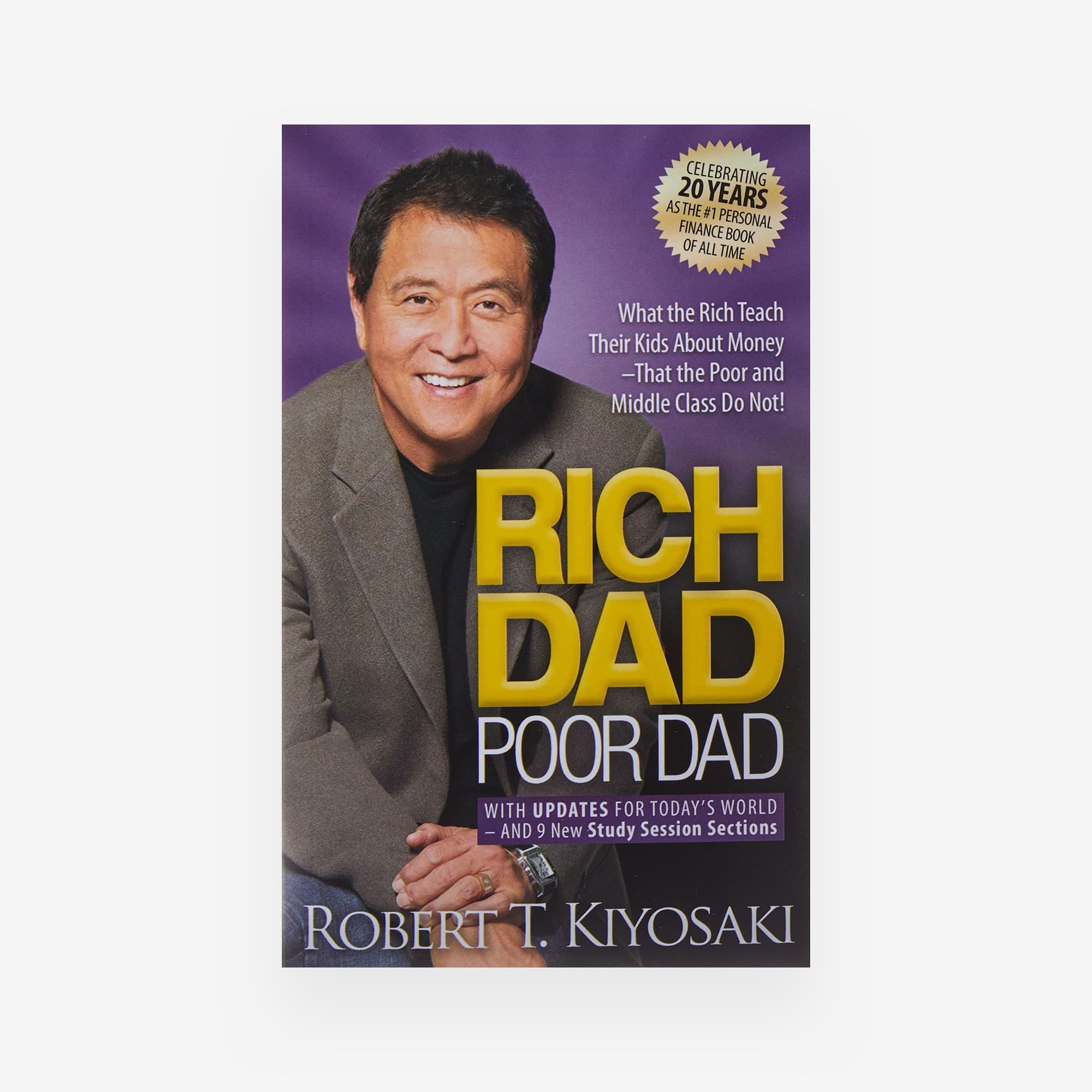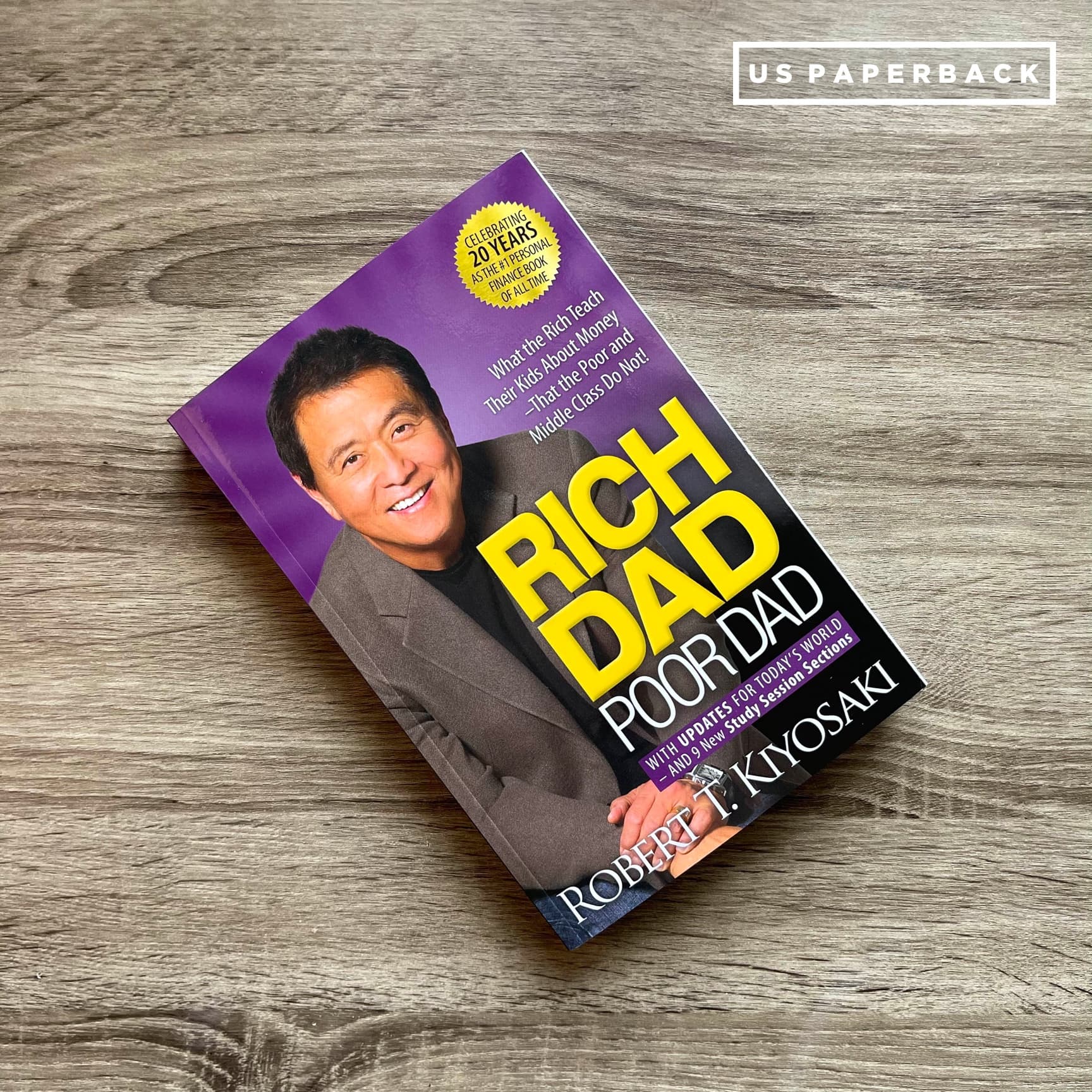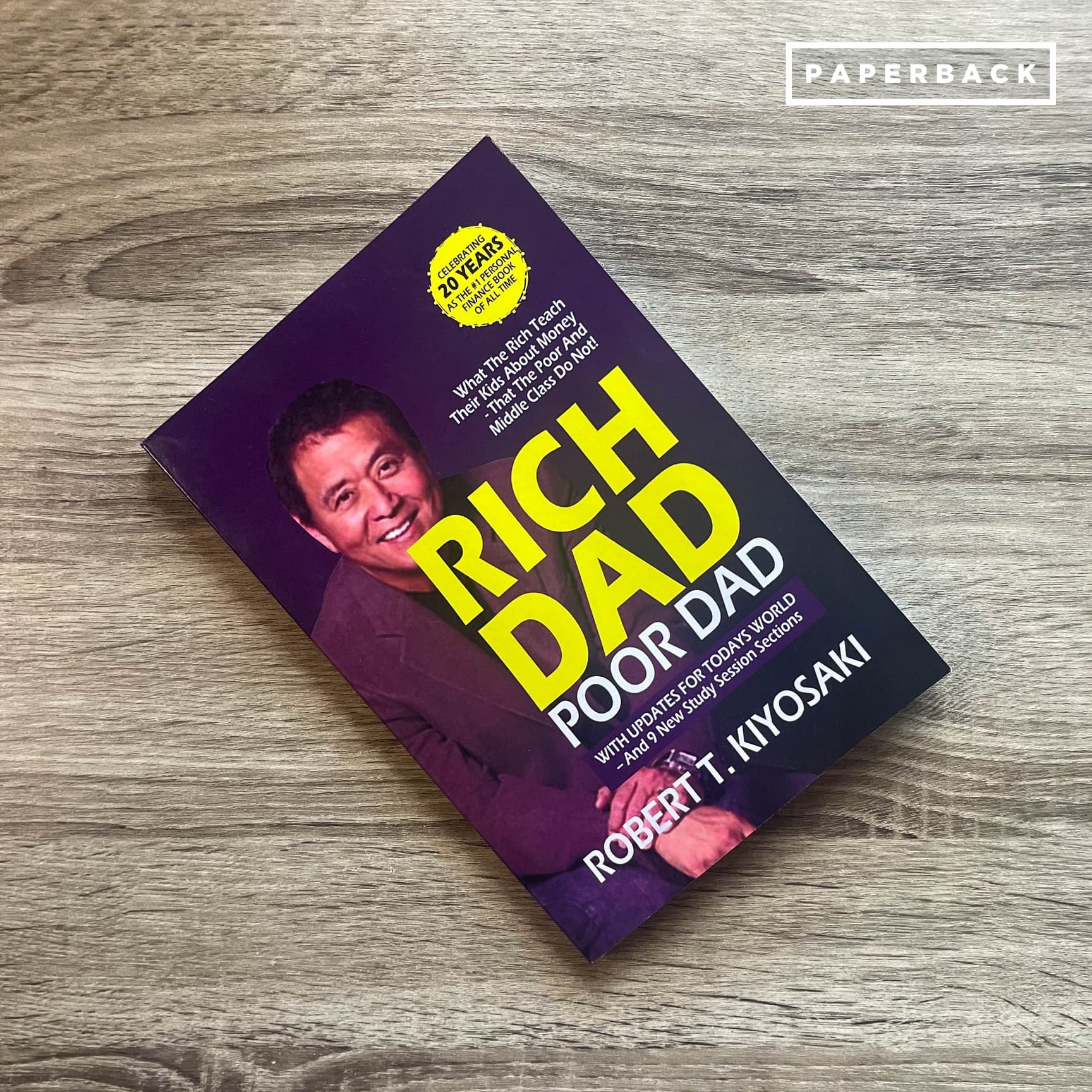Change is an unwavering companion on the odyssey of life, shaping the contours of our existence in profound ways.
As we navigate the dynamic terrain of both our personal and professional domains, mastering the skill of adaptation emerges as an indispensable determinant of achievement and contentment.
Enter Spencer Johnson's "Who Moved My Cheese?"—a parable that unveils a trove of invaluable insights on maneuvering through the currents of change gracefully. Within the crucible of its characters' trials and triumphs, this narrative becomes a compass guiding us towards embracing change, persisting in the face of challenges, and proactively forging our destinies.
Essentially, it beckons us to embark on a transformative journey that transcends mere survival, propelling us toward a life imbued with fulfillment, accomplishment, and purpose.

Photo from the wires
1. Change is Inevitable
Change is a fundamental aspect of life that affects us all. As seasons change and tides ebb and flow, our personal and professional lives are subject to constant shifts. "Who Moved My Cheese?" reminds us that instead of resisting change, we should acknowledge its inevitability. The characters Sniff, Scurry, Hem, and Haw represent how different individuals react to change.
Sniff and Scurry, the mice, instinctively embrace change. They recognize that the cheese they depend on will not remain in the same place forever. They adapt quickly, eagerly venturing into new territory when their cheese is moved. This demonstrates the importance of being attuned to change and willing to let go of the familiar, even if it means leaving our comfort zones.
On the other hand, Hem and Haw, the little people, initially resist change. They become complacent and comfortable with their existing cheese, not anticipating that it might one day disappear. When their cheese is indeed moved, they struggle to cope with the new reality. Their hesitation and reluctance to adapt represent how fear and resistance to change can hinder personal growth and success.
2. Don't Give Up
Change often brings challenges and uncertainties that can be disheartening. During such times, the temptation to give up may seem overwhelming. However, "Who Moved My Cheese?" emphasizes the importance of persistence in the face of adversity. Haw's journey in the story illustrates the power of resilience.
Haw initially hesitates, fearful of the unknown. But as he sees Hem's unwillingness to change lead to stagnation, he decides to venture into the maze and seek new cheese. This journey is filled with ups and downs, but Haw's perseverance and determination allow him to find success ultimately. This underscores the message that giving up is never the answer, and it's through challenges that we learn and grow the most.
3. Be Proactive
The concept of being proactive is a cornerstone of personal development and success. In "Who Moved My Cheese?", the proactive characters are the ones who actively take control of their situations. Sniff, Scurry, and Haw exemplify the power of taking initiative.
Sniff and Scurry don't wait for the cheese; they actively seek it out. Similarly, Haw decides to explore the maze, leaving behind his old habits and embracing change. This lesson teaches us to avoid becoming passive bystanders in our own lives. By taking charge, setting goals, and actively pursuing them, we can shape our destinies and achieve our desired success.
4. Be Flexible
Flexibility is a critical trait when it comes to dealing with change. Change rarely follows a predictable path, and rigid thinking can hinder progress. The characters' responses to the changing situation in "Who Moved My Cheese?" highlight the importance of being adaptable.
Sniff, Scurry, and Haw demonstrate flexibility by quickly adjusting to new circumstances. They don't hold on to past expectations; instead, they change their strategies to align with the current situation. This teaches us the value of being open-minded and willing to change our plans when necessary. Adaptability allows us to overcome obstacles, find innovative solutions, and continue moving forward.
5. Be Positive
Maintaining a positive attitude is a transformative mindset, especially during change. The characters' reactions to change in "Who Moved My Cheese?" show that a positive outlook can make all the difference.
Haw's transformation from pessimism to optimism is a testament to the power of positivity. His decision to write encouraging messages on the walls of the maze and his ability to see change as an opportunity reflect the potential of a positive mindset. By focusing on the benefits of change and acknowledging the growth potential, we can overcome fear, embrace new challenges, and discover unexplored paths to success.
Embracing Transformation Through "Who Moved My Cheese?"
"Who Moved My Cheese?" transcends the realm of a simple parable, emerging as a profound compass for traversing the tumultuous seas of change. In the narrative tapestry woven by its characters' journeys, the book unfurls invaluable insights that resonate deeply with our human experiences.
Beyond acknowledging change, the book imparts the wisdom of wholeheartedly accepting it as an irrevocable facet of existence. Moreover, it accentuates the significance of resilience in the face of adversity, illuminating the path to success that lies beyond challenges. Through the compelling stories of Sniff, Scurry, Hem, and Haw, the book underscores the pivotal role of actively shaping our trajectories, empowering us to not only weather change but to bloom magnificently within its intricate embrace.
This philosophy redefines change as a gateway—a gateway to a life imbued with richer meaning, more profound satisfaction, and the realization of our loftiest aspirations. Thus, the book etches a legacy of empowerment, urging us to embrace change not as an adversary but as a co-conspirator in our pursuit of a more fulfilled, successful, and meaningful existence.














